Incident Response in the Age of Cloud. Techniques and best practices to effectively respond to cybersecurity incidents Dr. Erdal Ozkaya
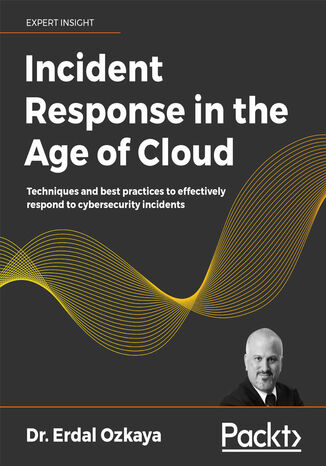



- Autor:
- Dr. Erdal Ozkaya
- Wydawnictwo:
- Packt Publishing
- Ocena:
- Stron:
- 622
- Dostępne formaty:
-
PDFePubMobi
Opis
książki
:
Incident Response in the Age of Cloud. Techniques and best practices to effectively respond to cybersecurity incidents
In the wake of the COVID-19 pandemic, with most organizations gravitating towards remote working and cloud computing, this book uses frameworks such as MITRE ATT&CK® and the SANS IR model to assess security risks.
The book begins by introducing you to the cybersecurity landscape and explaining why IR matters. You will understand the evolution of IR, current challenges, key metrics, and the composition of an IR team, along with an array of methods and tools used in an effective IR process. You will then learn how to apply these strategies, with discussions on incident alerting, handling, investigation, recovery, and reporting.
Further, you will cover governing IR on multiple platforms and sharing cyber threat intelligence and the procedures involved in IR in the cloud. Finally, the book concludes with an “Ask the Experts” chapter wherein industry experts have provided their perspective on diverse topics in the IR sphere.
By the end of this book, you should become proficient at building and applying IR strategies pre-emptively and confidently.
Wybrane bestsellery
Dr. Erdal Ozkaya - pozostałe książki
Packt Publishing - inne książki
Dzięki opcji "Druk na żądanie" do sprzedaży wracają tytuły Grupy Helion, które cieszyły sie dużym zainteresowaniem, a których nakład został wyprzedany.
Dla naszych Czytelników wydrukowaliśmy dodatkową pulę egzemplarzy w technice druku cyfrowego.
Co powinieneś wiedzieć o usłudze "Druk na żądanie":
- usługa obejmuje tylko widoczną poniżej listę tytułów, którą na bieżąco aktualizujemy;
- cena książki może być wyższa od początkowej ceny detalicznej, co jest spowodowane kosztami druku cyfrowego (wyższymi niż koszty tradycyjnego druku offsetowego). Obowiązująca cena jest zawsze podawana na stronie WWW książki;
- zawartość książki wraz z dodatkami (płyta CD, DVD) odpowiada jej pierwotnemu wydaniu i jest w pełni komplementarna;
- usługa nie obejmuje książek w kolorze.
Masz pytanie o konkretny tytuł? Napisz do nas: sklep@helion.pl
Książka drukowana






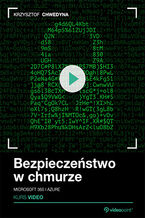







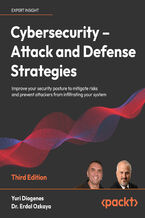

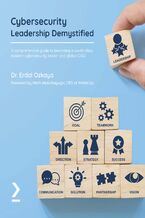


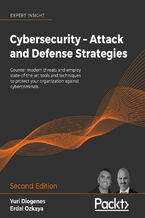
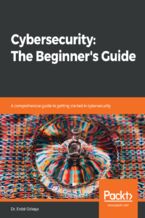
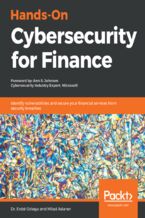

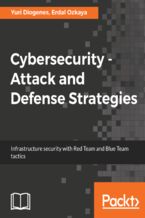
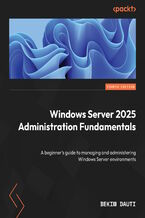





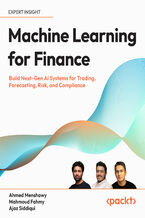
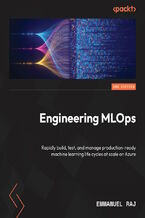



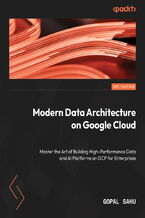

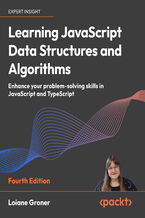
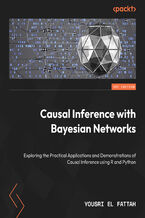
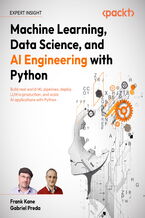



Oceny i opinie klientów: Incident Response in the Age of Cloud. Techniques and best practices to effectively respond to cybersecurity incidents Dr. Erdal Ozkaya
(0)